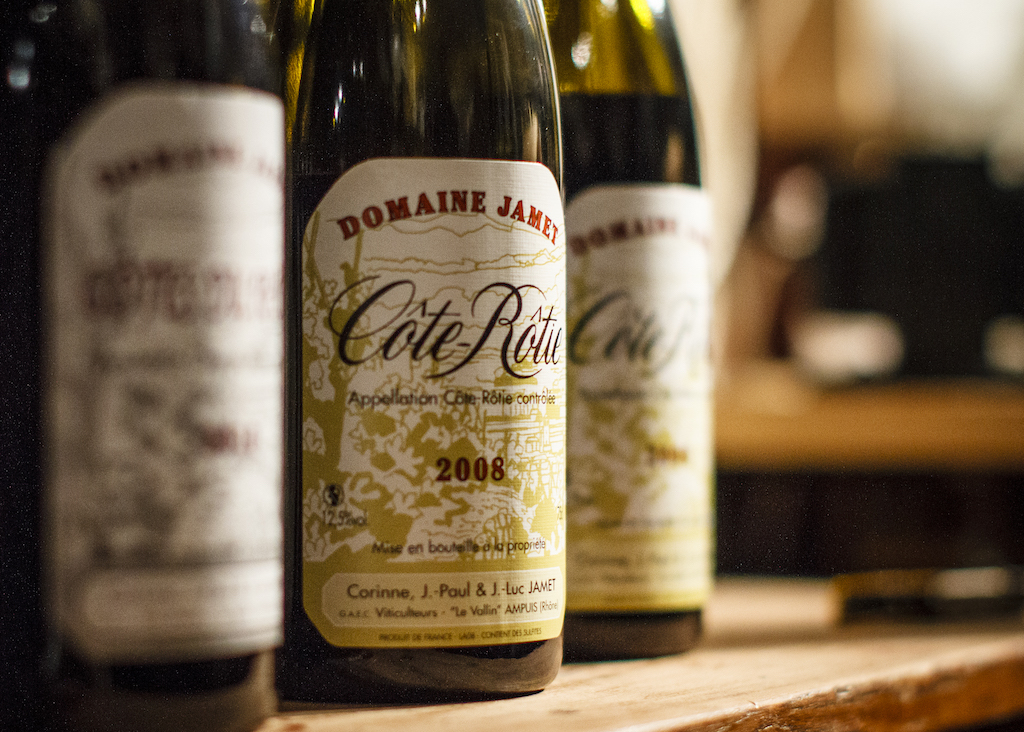As I prepare to teach a round of wine courses for WSET (Wine & Spirit Education Trust), I’ve been thinking quite a bit about how we learn about wine and, just as importantly, how we retain what we learn. It is difficult to learn about wine by reading a book – it’s important to taste along with the book. Without tasting, it’s akin to trying to learn about art from a book with no pictures, or learning to cook without a stove. That’s why a good wine course is important because it combines the technical and factual side of wine with the practical experience that illustrates not just what tannin, acidity and fruit are, but how they feel on your palate.
After you have a good foundation, how do you get a better sense of what you like? How do you find the wines that please your palate without breaking your pocketbook? Here is a strategy for honing your wine skills, and honing your preferences as well: focused wine buying.
This strategy requires two things – that you find a wine store and a wine salesperson you like, and you make a plan. The plan is to identify one type of wine to begin – dry white or full-bodied red for example. Go to the wine shop and tell your salesperson you want six bottles in the style you’ve chosen. Get an assortment from two or three countries. Take your six bottles home and over the course of a couple of weeks, or a month, try each bottle with dinner. Have a glass before you have your meal and have the rest of the bottle with the meal.
 One of my wine experiments – trying several vintages of one wine, a “horizontal tasting” (Photo: Lyn Farmer)
One of my wine experiments – trying several vintages of one wine, a “horizontal tasting” (Photo: Lyn Farmer) Make notes on your wine. The notes don’t have to elaborate, but try to write what you liked or disliked about each wine. Odds are, by the end of the six bottles, you will have two you really liked, two you didn’t much care for and two in the middle. Here’s where it gets interesting – take your notes back to your wine salesperson and say you want six more bottles, but this time focus on the wines you liked. Tell your salesperson you want six more bottles like the ones you liked, and repeat the process. By the end of the second round of tasting, you may very well find a wine producer whose style you like, or a grape variety you consistently like, or a region that produces wines to your liking. Later, you can branch out into what is called a “vertical tasting” in which you try several vintages of the same wine, or a “horizontal tasting” in which you try the same vintage of several neighboring wines.
The idea of the exercise is to focus with increasing clarity on what you like and the characteristics of different producers, grape varieties and regions. With a little practice, you’ll start to build a mental library of wine styles, a library you can visit over and over. Just as you may have a favorite author and eagerly await each new release, you may find you have a few favorite wine authors who please you in new ways with each vintage.
